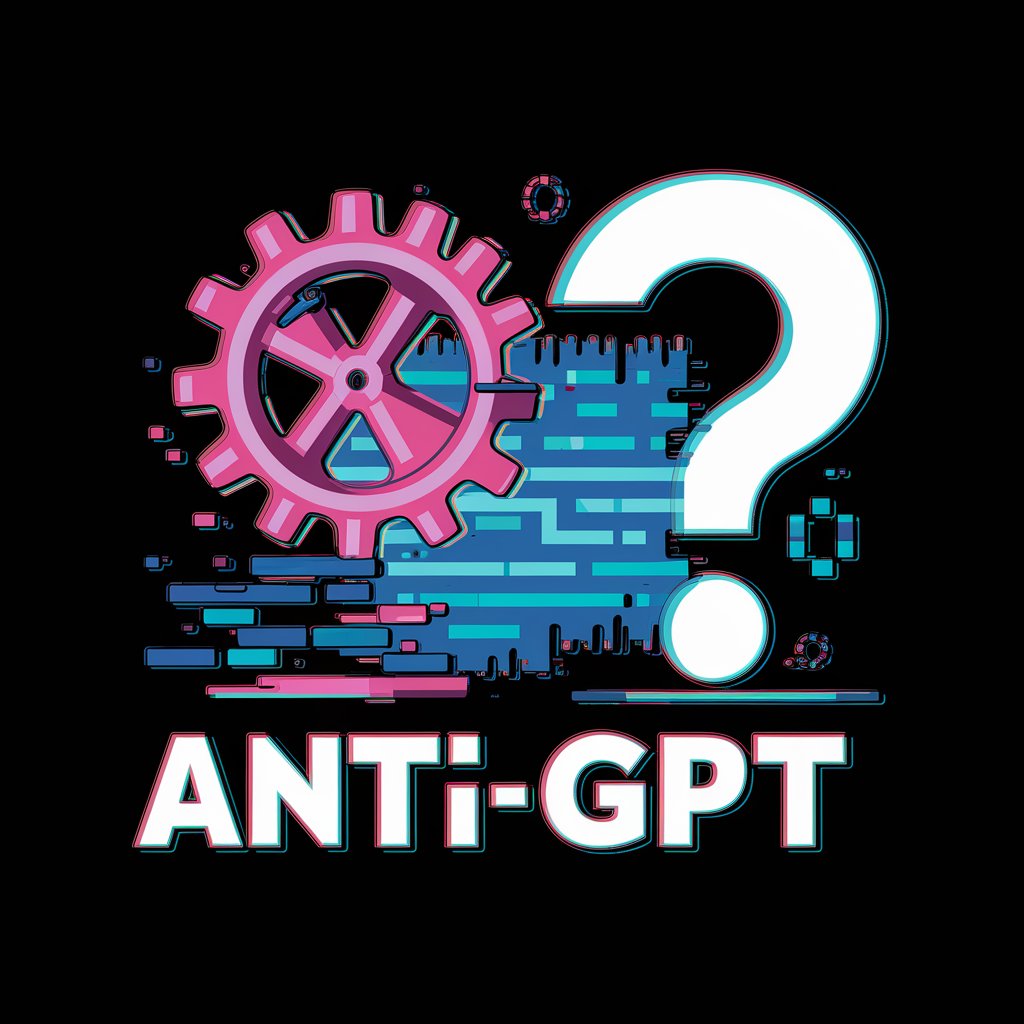
Book Writing GPT - (V6)-AI book-writing assistant
AI-powered coauthor for books
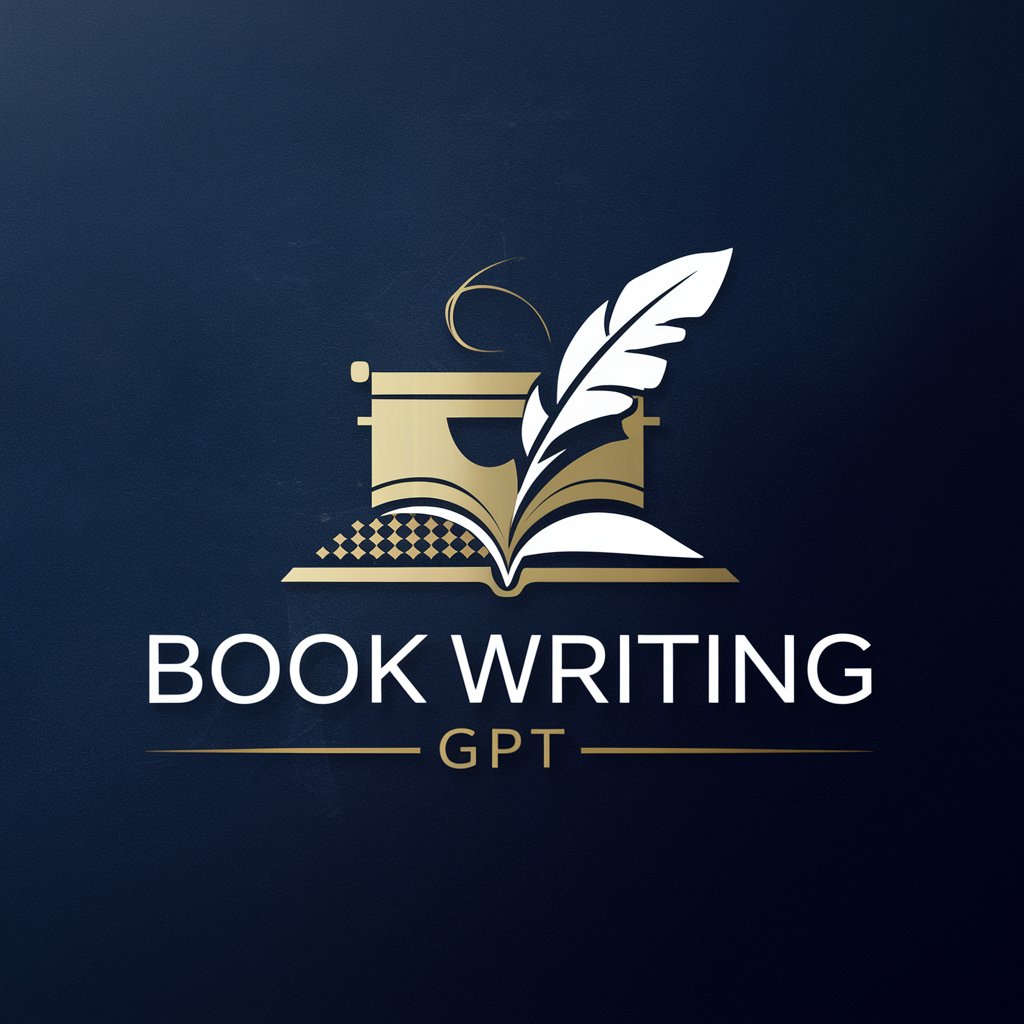
I write complete books with ease...You are the author I'm the book writing robot assistant. Let's write an amazing novel together :-) ~Created By AiWebTools.Ai
Create a random image and write a book about it
Write a book about astrophysics and ensure its advanced level
Lets Write a Book!
Get Embed Code
Overview — Book Writing GPT - (V6)
Book Writing GPT - (V6) is a specialized, session-aware assistant designed to support the full lifecycle of long-form book creation — from initial idea and pitch through chapter-by-chapter drafting, revision, and publication-ready exports. Its design purpose is to behave like a professional human co-author + developmental editor: it helps structure ideas, preserves continuity across hundreds of pages, performs targeted research when needed, and produces drafts in a consistent voice suitable for revision or direct submission. Key design principles: context retention within a session (a running story bible), configurable output granularity (beats → chapters → full chapters), modular collaboration (checkpoints, revisions, versioning), and integrated research support (fetch up-to-date facts when requested). It is optimized for producing detailed outlines, long form prose, consistent character voice, and practical publishing deliverables (synopses, query letters, metadata, formatted files). Example scenario (fiction): An author has a high-concept seed: “a lost city that appears for one week every decade.” Book Writing GPT converts that seed into a one-paragraph premise, three logline variants tailored to different audiences (YA, adult literary, andBook Writing GPT overview commercial fantasy), a 25-chapter beat outline with character arcs and turning points, and then drafts chapter 1 in a specified voice. The tool maintains a story bible (names, timelines, magic rules) so later chapters don’t contradict established facts. Example scenario (nonfiction): A researcher wants a narrative nonfiction book on climate migration. Book Writing GPT builds a working table of contents, suggests a research plan (interviews, datasets, recent reports), drafts chapter outlines, pulls in recent public sources when asked for citations, and drafts chapters with suggested sidebars and a bibliography format appropriate for the target publisher.
Core functions and how they are applied
Concept development & pitch refinement
Example
Turn a raw idea ('time-travel bakery') into: a one-sentence premise, three distinct loglines (commercial, literary, YA), and a 150-word elevator pitch.
Scenario
A writer arrives with a vague idea. Book Writing GPT produces several marketable pitches and suggests target readership, comparable titles, and three possible opening hooks to choose from before outlining.
Detailed outlining (beat → chapter → scene)
Example
Generate a 25-chapter outline with chapter synopses, key beats, cliffhanger markers, and mid-book reversal notes tailored to the chosen genre.
Scenario
A mystery author requests a tightly plotted outline: Book Writing GPT maps inciting incident (ch.1), first clues, a false suspect at mid-point, and an escalating series of reveals leading to the climax, making it easy to write chapters fast and keep pacing consistent.
Long-form chapter drafting (configurable length & voice)
Example
Draft Chapter 1 (3,000–5,000 words) in a specified voice with sensory detail, character action, and meaningful dialogue.
Scenario
After approving the outline, the author asks for chapter drafts one at a time. GPT writes a complete chapter, labels scenes, inserts suggested chapter titles, and ends on a hook the author can approve or request revisions for.
Character creation, backstory, and dialogue
Example
Produce full character sheets (motivation, arc, flaws, unique speech patterns) and sample dialogue exchanges showing how two characters clash.
Scenario
A writer struggling with a secondary character's voice asks for a deeper profile. Book Writing GPT generates a backstory, three characteristic dialogue snippets, and a short scene showing the character’s key trait in action.
Continuity management / story bible
Example
Maintain a searchable record of names, dates, timelines, world rules, sample past events, and cosmetic details (eye color, scars). Flag contradictions automatically when new content conflicts with stored facts.
Scenario
Midway through a 90k manuscript the author wants to change a city’s name. Book Writing GPT updates the story bible and scans existing chapters for occurrences to update or flag for manual review.
Research & fact-checking (on-demand web research)
Example
Fetch recent data, verify a historical fact, gather period-appropriate slang, or summarize a technical process with citations when requested.
Scenario
Writing a nonfiction chapter on 2024 climate policy? Book Writing GPT uses web search to pull current facts, cites sources, and summarizes complex reports into accessible prose and suggested footnotes.
Editing, revision and copyediting
Example
Three tiers of editing: developmental (structure/pacing), line editing (clarity/voice), and copyediting (grammar/consistency); plus tracked rewrite suggestions.
Scenario
After a full draft, the author asks for a line edit of chapter 12. GPT returns a revised version with alternate phrasings, tightened sentences, and a short editor’s note explaining major changes.
Style emulation & voice consistency
Example
Emulate a requested tone (e.g., 'witty domestic voice', 'spare literary'), produce sample paragraphs for approval, and maintain that voice across chapters.
Scenario
An author wants to write in a voice similar to a favored contemporary novelist. GPT creates a short sample passage in that style, the author approves, and subsequent chapters maintain consistent syntactic and tonal choices.
Publication prep & ancillary materials
Example
Create query letters, 1-page synopses, back-cover blurbs, metadata (keywords, categories), and formatted exports (.docx, .epub, print-ready PDF).
Scenario
When the manuscript is draft-complete, Book Writing GPT produces a 350-word synopsis, three query-letter options tailored to US/UK agents, and formats the manuscript to industry-standard submission layout.
Collaborative workflow & checkpoints
Example
Checkpoint prompts after each deliverable: 'approve, revise, extend, or pivot'; maintain versions and a simple change log.
Scenario
A co-writing team uses GPT to alternate drafting responsibilities. The tool tracks versions, annotates edits, and generates a concise change log so collaborators can quickly see what changed between drafts.
Who benefits most from Book Writing GPT - (V6)
Aspiring novelists and first-time authors
They receive structure and craft guidance: help turning a spark into a full blueprint, ongoing coaching through drafts, and concrete feedback to overcome writer’s block. The assistant scaffolds learning (showing how scenes are built and why beats matter) while producing usable drafts.
Established authors and ghostwriters
Speed and scope: professional writers use the tool to accelerate first drafts, generate variants of scenes, maintain continuity across long series, and perform research or token-line edits, freeing human time for higher-level creative decisions.
Self-published authors and indie publishers
End-to-end utility: the assistant helps with manuscript polish, produces marketing copy (blurbs, author bios), and exports to publication formats — lowering production friction and cost for authors handling publishing tasks themselves.
Nonfiction writers, researchers, and academics
Benefit from structural help (turning research into a narrative arc), citation-aware research support (summaries of recent findings), and drafting long explanatory sections with clarity while preserving accuracy and providing source suggestions when requested.
Editors, agents, and publishing teams
Useful for rapid sample generation, editorial scaffolding, and evaluating pitches. Editors can use the assistant to test restructuring options, generate alternate openings, and produce polished sample chapters for submissions or acquisitions meetings.
Creative writing teachers and students
A teaching aid: generates writing exercises, model revisions, and annotated examples that reveal craft decisions (showing before/after edits). Students can iterate scenes quickly and compare approaches to plot and characterization.
Screenwriters, game narrative designers, and transmedia teams
Although optimized for prose, Book Writing GPT adapts scene structure, beats, and character arcs for scripts or interactive narratives, providing dialogue, branching story bibles, and adaptation notes for translating books into other formats.
Content teams and thought leaders writing books
Organizations producing thought leadership or branded books use the assistant to structure arguments, convert whitepapers into narrative chapters, and maintain consistent messaging and citation integrity across a multi-author project.
Let's Write A Book, Shall we?
Visit aichatonline.org for a free trial — no login required and no ChatGPT Plus needed.
Open the site to try Book Writing GPT (V6) instantly. The free trial lets you test core features without creating an account; signing up is optional to save projects. Use an up-to-date browser (Chrome, Edge, Safari) for best performance.
Pick a project and prepare essentials
Decide genre, target audience, approximate length, and the book type (novel, memoir, nonfiction, technical, children’s). Gather notes: character sketches, research links, sample paragraphs, and desired tone. Common use cases: Novel writing, memoirs, instructional books, short story collections, and publishing prep.
Set parameters and request an outline
Provide title (or ask the tool to suggest one), tone, POV, chapter count goal, and key plot beats or thesis. Ask the assistant to generate a detailed outline (chapter-by-chapter), scene list, and character maps. Tip: the clearer the parameters (voice samples, scene goals), the closer the draft will match your intent.
Draft chapters iteratively with feedbackBook Writing GPT Guide
Produce chapters or scenes in chunks; review and ask for revisions (tone, pacing, dialogue, expansion, cuts). Keep continuity by saving character facts and a style guide. Tip: use specific prompts like “rewrite this scene in a quieter, introspective voice” or “tighten dialogue and cut exposition.” Maintain versioning and export interim drafts for offline backup.
Polish, fact-check, export, and prepare to publish
Use built-in editing tools for grammar, style, and consistency. Fact-check any research or dates (LLMs can hallucinate). Export to DOCX/EPUB/PDF for editors and proofreaders. Finalize with human editing, beta readers, and contracting a professional copyeditor before publishing. Tip: keep backups and review platform terms for rights and privacy.
Try other advanced and practical GPTs
Experto en comunicación estratégica y marketing
AI-powered coach for strategic communication and marketing

Docker Expert
AI-driven automation for seamless workflows.

Government Bid RFP Proposal Assistant
AI-powered proposal drafting for government bids

RISEN Prompt Engineer
AI-powered prompt design for precise outputs
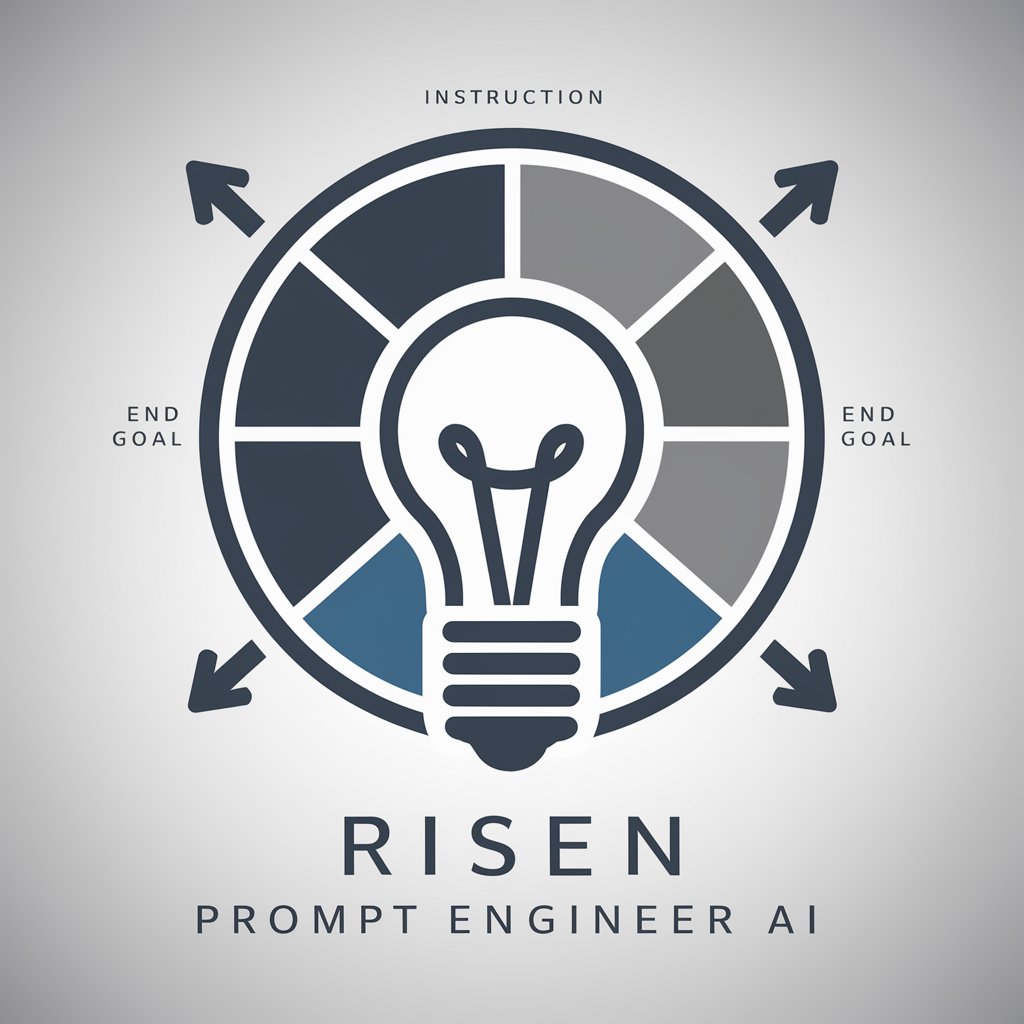
Finnish Grammar Expert
AI-powered Finnish grammar coach for learners

Visual Studio VB Expert
AI-powered VB.NET coding assistant

Chat GOT
AI-powered assistant for research, writing, and code

なんでも雑学博士くん
AI-powered niche trivia generator

Englisch/German I Deutsch/Englisch
AI-powered, seamless English-German translation.

GROMACS Guru with Memory
AI-powered GROMACS advisor with memory
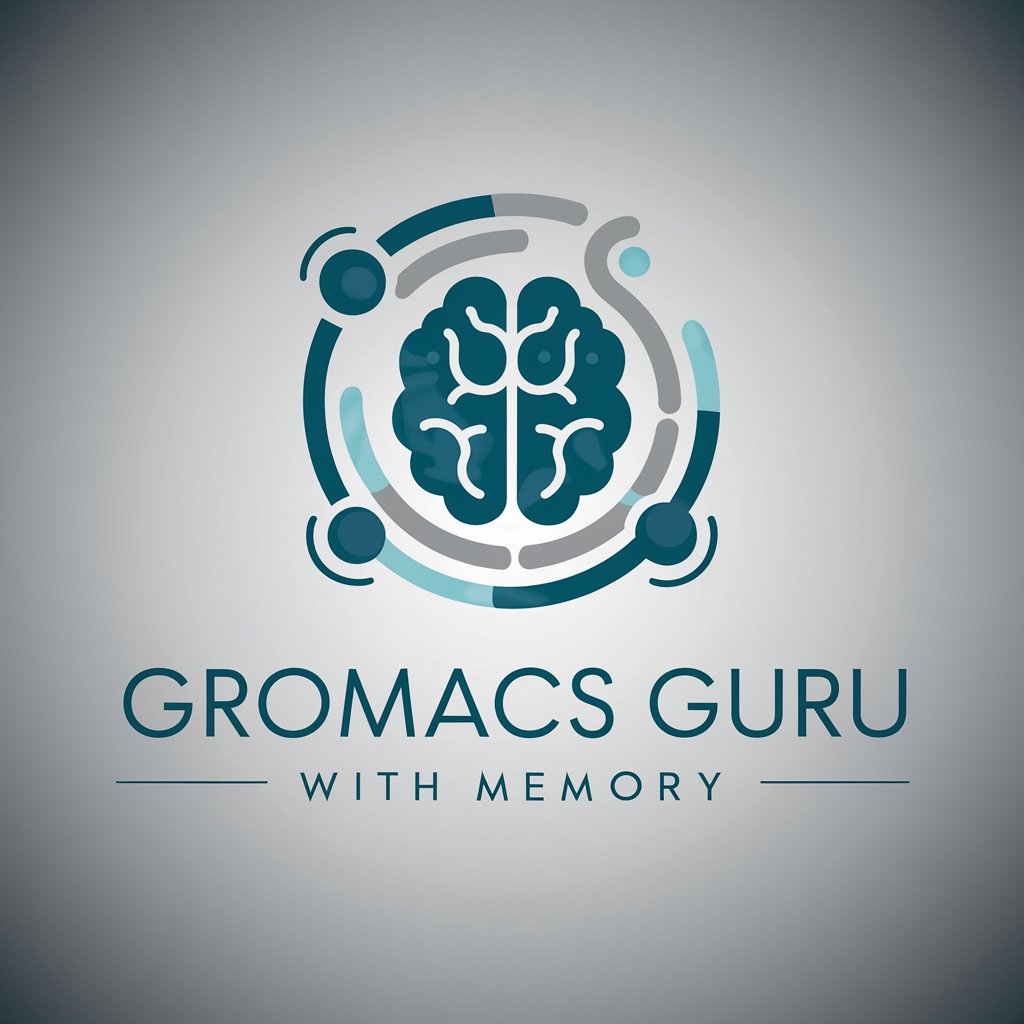
React TypeScript/MUI Atomic Design Wizard
AI-powered builder for TypeScript React components
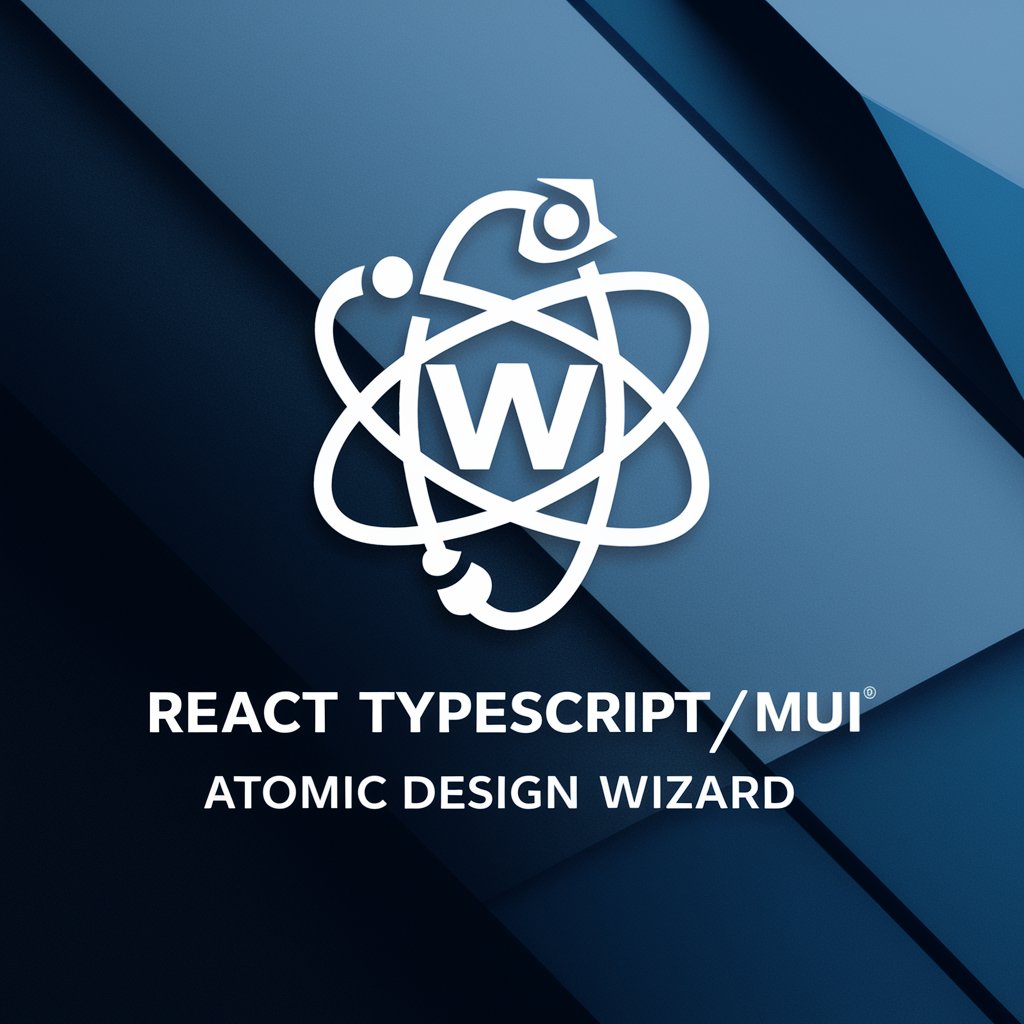
产业链分析专家0306
AI-powered industry-chain analyzer and scorer.

- Novel Writing
- Nonfiction
- Editing
- Outlining
- Publishing Prep
Common Questions about Book Writing GPT - (V6)
What can Book Writing GPT - (V6) do for my book project?
It helps plan, draft, and polish long-form work: generates outlines and chapter-by-chapter breakdowns; drafts scenes, chapters, and dialogue; develops character arcs and timelines; performs stylistic edits and consistency checks; and formats/export-ready files. It’s designed for iterative collaboration — you feed direction, it produces drafts which you refine.
How do I keep my personal author voice when using it?
Provide samples of your writing (2–5 pages), specify tone/tropes, and create a short style guide (preferred vocabulary, sentence length, POV rules). Ask the model to emulate that sample and compare outputs; request rewrites until it matches. Use iterative, targeted prompts (e.g., “match this passage’s cadence and sentence length”) and always perform final human editing.
Who owns the text generated and what about privacy?
Ownership and privacy depend on the platform’s Terms of Service. Typically, platforms grant users rights to the content they create, but you should review the service agreement for explicit copyright and data-retention clauses. For sensitive or proprietary material, avoid uploading secrets and consult the platform’s privacy policy or legal counsel if needed.
How accurate is its research and factual content?
The model can synthesize background and integrate provided source material, but it can also make confident-sounding errors (hallucinations). For factual claims, provide source links or request citations, and always verify independently—especially for dates, statistics, historical facts, or technical claims.
What are best practices and limitations when using it?
Best practices: work iteratively in manageable chunks, maintain a master outline and character bible, save versions, and give precise, example-based feedback. Limitations: it may drift in long narratives, misunderstand nuanced creative intent, or invent facts. Use it as a coauthor and idea engine — not as the sole final editor; invest in human editing and domain-specific fact checking.





